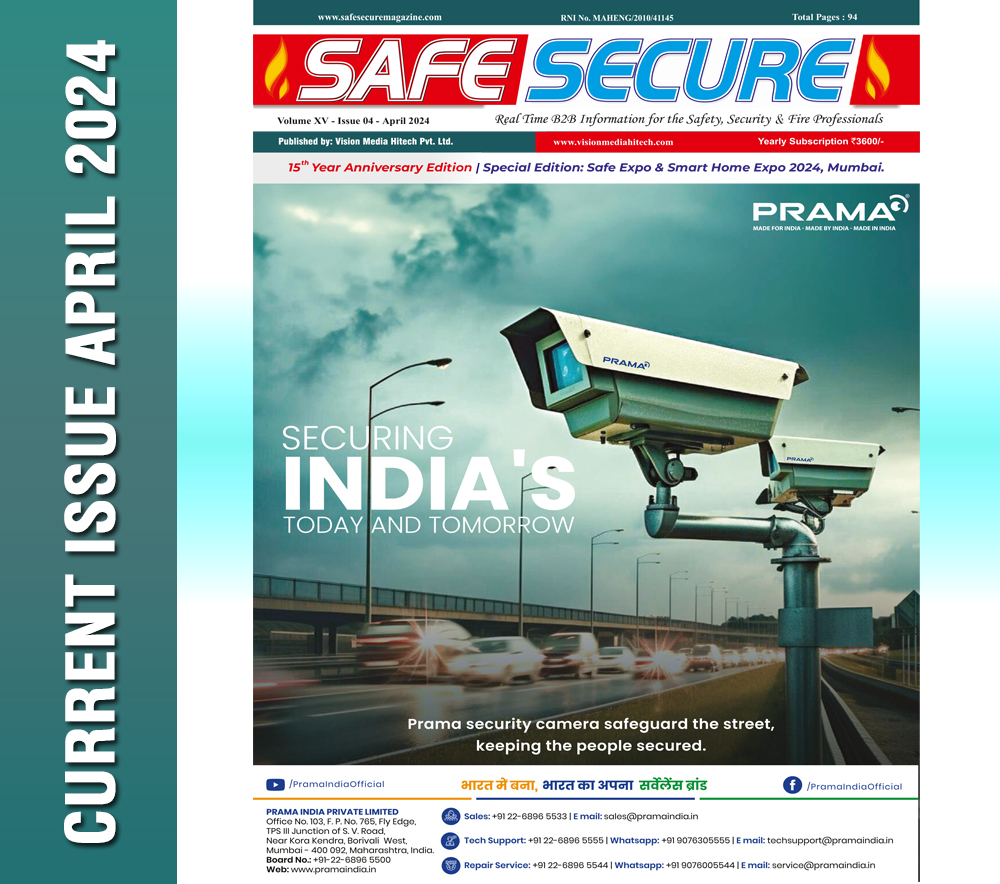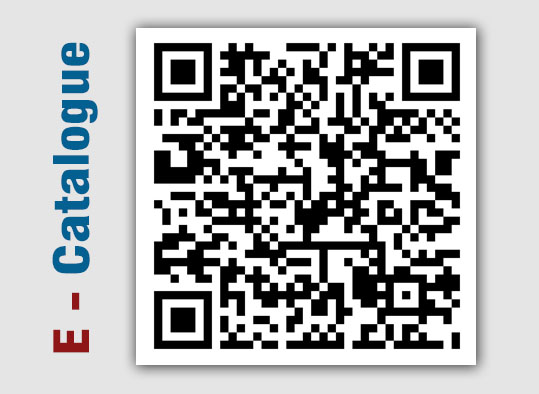Safety Technology: Custom Apps Are The Gold Standard In Accident Prevention

Mobile safety technology buffs our defences in the high-stakes environment of modern industry. Where humans and machines are in motion – there’s risk. Traditional safety systems are faltering under the weight and speed of modern industry. To safeguard our people and assets – we need reinforcement.
The concerning 1.3% uptick in workplace fatalities in the United States in 2023 is a call to action. This post will shed light on the shortcomings of traditional safety processes and provide practical, tech-forward measures to adapt.
Shortcomings Of Traditional Safety
An automotive manufacturer invests in a state-of-the-art robotic arm to speed up assembly. The workers are invited to a quick training session before proceeding as usual. What’s wrong here? The safety protocols are still being updated. Working their way through sturdy approval chains – this often takes weeks (months, even.) Meanwhile, workers are left to operate the new machinery without up-to-date safety measures in place.
That leads us to the first shortcoming – it’s slow. In the arena of safety, ‘slow’ can be fatal. A direct consequence of sluggish procedures is data delays and info gaps.
Traditional systems rely on paper – common snares of proper incident reporting. A worker in a chemical plant notices a minor valve leak, rushes to fill out a form and anxiously waits for the supervisor to review the in-tray. Needless to say, the system is broken and the stakes are uncomfortably high.
Siloed systems and broken communication often come with a human cost. To reveal the silver lining – let’s explore the potential of mobilized safety.
Mobile Safety Technology: Securing A Safer Tomorrow
The first and most obvious advantage of mobile is transparency. It enables a direct line of sight into every nook and cranny of your operations, wherever you (or your workers) are. It boils down to real-time updates. Back to the valve leak hypothetical. If the worker could snap a picture, key in the details and submit it to a command central – an immediate response could be actioned if necessary. The supervisor would have the luxury of assessment while he’s out on a coffee break.
Simply removing the back-and-forth element of approvals, manual reprints, and distribution will save you hours and a boatload of risk.
Key Features That Define Effective Safety Mobile Apps
A quick scroll online will reveal a host of solutions – some flexible, some highly specialised. You’re looking for safety tech that neatly hooks into your existing systems and satisfies all your crucial safety requirements.
Here’s a list of the ‘rule-of-thumb’ qualities to look out for.
1. Flexible Reporting Mechanisms
In the quest for optimal safety, the ability to tailor your reporting to the specific needs of your operation is non-negotiable. The most adept mobile safety apps on the market will afford you the luxury of customizing every form to your exact specifications.
They should also support the configuration of approval workflows, ensuring that the right eyes review every incident at the right time. Let’s not forget the user experience—forms should be straightforward and easy to navigate. No time for overthinking when disaster strikes.
2. Immediate Data Relay
Connectivity is at the core of modern safety management. Cloud-based mobile safety apps offer real-time data relay, ensuring that incident logs are immediately escalated to the relevant personnel.
This capability transcends geographical barriers, enabling a coordinated, rapid response regardless of location.
3. Seamless Integration
An effective safety tool should seamlessly slot into your current systems, complementing and enhancing them without causing disruption.
If a mobile safety app requires a complete overhaul of your existing procedures, the time and resources invested could negate the benefits you seek. Look for apps that sync with your current operations, enhancing efficiency and maintaining continuity. They should be a bridge to greater safety, not a barrier to productivity.
4. Offline Capabilities
Safety doesn’t take a break when the power goes out or when your team is working off the grid. Apps with offline capabilities ensure that data capture continues unabated, regardless of network status. These apps store data locally on the user’s device and synchronize with the central system as soon as a connection is re-established.
5. Superior Support
The reliability of any safety technology is often reflected in the quality of its customer support. Before committing to a platform, scrutinize online reviews and testimonials extensively.
When issues arise, as they invariably will, a swift and competent support system can mean the difference between a minor hiccup and a major setback. Choose a provider that demonstrates a commitment to exceptional support, thereby safeguarding the integrity of your safety processes.
Let’s Talk OSHA For A Second
OSHA doesn’t mandate safety tech, but it can massively enhance your safety plan.
1. OSHA Recordkeeping (29 CFR 1904)
As you know – bookkeeping makes up the bulk of safety compliance. A customisable mobile app enables quick entry, storage, and retrieval of incident data.
With Appenate, for example – you can recreate and customise all OSHA forms and push out instant branded reports. You can go a step further and attach all your compliance documents to a single form – serving as a quick-access backlog of everything safety.
With it, you can swiftly populate, brand, and dispatch reports while consolidating your compliance documents into an accessible digital file cabinet.
2. Hazard Communication (29 CFR 1910.1200)
Safety data sheets can be unwieldy and hard to manage. Mobile Safety apps can store and provide instant access to SDSs and allow for efficient dissemination of hazard details.
Truly flexible apps can also be used to document and track employee training on hazardous substances, guaranteeing that every team member stays in the know.
3. General Duty Clause (Section 5(A)(1) Of The OSH Act)
It’s our duty as leaders to go the extra mile, accounting for the risks unique to our situation. By choosing versatile over niche solutions, you gain the ability to craft custom forms that align precisely with your safety requirements.
4. Emergency Action Plans (EAPs) (29 CFR 1910.38)
Some mobile apps go a step further, supporting IoT (Internet of Things) integration like barcodes and RFID tags.
Picture barcodes positioned throughout your facility; workers can scan these to instantly pull up emergency protocols when a crisis hits. It will undoubtedly accelerate response times – decentralizing life-saving information.
Safety Doesn’t Need To Be A Pain
You don’t need to look too hard to uncover the success stories of others – many thriving companies have launched themselves out of admin nightmares by simply equipping the right safety tech. Start with your most pressing safety hassle and get searching.
(This "HSE" Published in February 2024 Edition)












